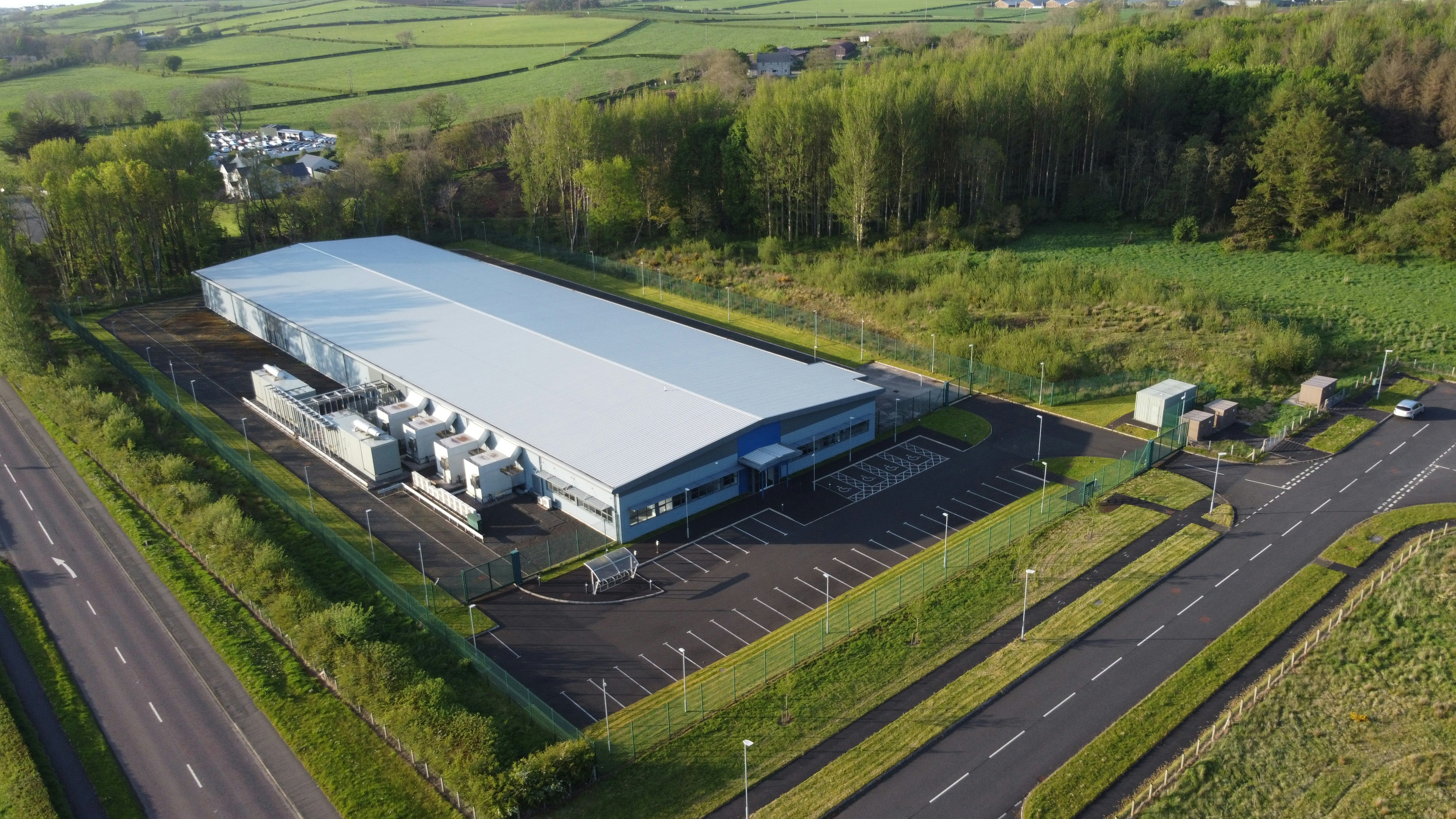Optimizing the Energy Mix: How Hydrogen Can Strengthen Data Center Resilience
Hydrogen and data centers are two of the most discussed topics in energy today — and increasingly, they’re being discussed together. But as Gareth Gregory, ESSNA’s™ North American Head, explains, much of what’s being said misses the point.
Hydrogen can absolutely strengthen data center resilience — but only when it’s used intelligently, within a well-modeled, balanced energy mix.

The Misconception: Hydrogen Alone Can Power Data Centers
“There’s a lot of misconception within the market around hydrogen and utilizing hydrogen to run data centers,” Gareth begins. “It’s a bit of a pipe dream.”
That might sound surprising coming from a company deeply involved in hydrogen, but it’s an important distinction. The challenge isn’t with hydrogen itself — it’s with how it’s often applied.
“Starting with natural gas or another resource, converting it into hydrogen, purifying, and then converting it back to electricity means losing efficiency at every step. By the time the process delivers electricity to the servers, cumulative conversion losses have eaten up a large share of the original energy.”
That’s why hydrogen on its own isn’t the answer — but it can play a valuable supporting role in a properly modelled system.
The Solution: A Smarter Energy Mix
The goal, as Gareth puts it, is to find the happy medium — a balanced energy mix that lowers carbon intensity without unnecessary conversions or inefficiencies.
That balance comes from ESSNA’s™ Energy Modelling and Advanced Planning™ (EMAP™) process.
EMAP™ allows ESSNA™ to model each client’s energy ecosystem in detail — mapping generation sources, conversion pathways, and recovery opportunities — to determine where hydrogen, natural gas, and renewables should intersect. The result is a data-driven roadmap that captures the efficiency of each component and eliminates waste. Although renewables are frequently modelled out due to their challenges, in context to this environment.
Efficiency Through Combined-Cycle Systems
For data centers, which operate around the clock, efficiency isn’t optional. This is where Gareth’s reference to combined-cycle systems becomes crucial. And we use the term ‘efficiency’ loosely here.
In a gas-and-steam combined cycle, the exhaust from a gas turbine — often reaching 300 °C to 500 °C (+) — is reused to generate steam that powers an additional turbine. That captured heat effectively becomes a free energy source, reducing the total fuel required for operations.
When configured correctly, this setup enables high reliability, lower fuel costs, and a smaller carbon footprint — and hydrogen can be layered in as part of that broader energy plan.
Reducing Carbon Intensity Without Compromising Uptime
Hydrogen’s greatest strength lies in its cleanliness. When high-purity hydrogen is used, emissions are minimal — a major advantage for data centers striving to meet sustainability targets.
But as Gareth emphasizes, the focus shouldn’t be on switching fuels; it should be on modelling systems that achieve the same uptime and performance while lowering carbon intensity. Hydrogen becomes one lever in that model, not the entire mechanism.
Financing Innovation: Off-Balance-Sheet Energy Solutions
Another point Gareth highlights is ESSNA’s™ approach to off-balance-sheet energy funding.
Many operators don’t want to become energy project managers — and they shouldn’t have to. ESSNA™ designs, builds, commissions, and operates the energy infrastructure, while the client concentrates on its core business: data.
This partnership model removes the capital burden from operators while ensuring that energy systems are maintained, optimized, and continuously improved through EMAP™.
Technology-Agnostic by Design
Perhaps Gareth’s most important point is that ESSNA™ remains technology-agnostic. Hydrogen may or may not play a role in a given site. What matters is that the final solution — whether hydrogen, natural gas, renewables, or a hybrid — is modeled, efficient, and future-ready.
As Gareth summarizes:
“Hydrogen may or may not play a role. The important thing is we start technology-agnostic and we do it in a very short period of time.”
That’s the essence of ESSNA’s™ work: cutting through hype, modelling reality, and delivering results.
The Bottom Line
Hydrogen can make data centers cleaner, more resilient, and more adaptable — but only as part of a smart, model-driven energy strategy.
Through Energy Modelling and Advanced Planning™ (EMAP™), ESSNA™ helps data centers:
- Optimize their energy conversion pathways.
- Reduce fuel consumption and carbon intensity.
- Capture waste heat through combined-cycle efficiency.
- Finance innovation without capital lock-up.
In a world racing to decarbonize digital infrastructure, the winners won’t be those who chase a single fuel — but those who model smarter, deploy faster, and operate cleaner.
Ready to make the switch?
Learn how ESSNA’s™ On-Site Hydrogen Without Capex™ model is helping companies take control of their hydrogen supply.
Contact us at: https://www.energysecurity-na.com/contact-us



